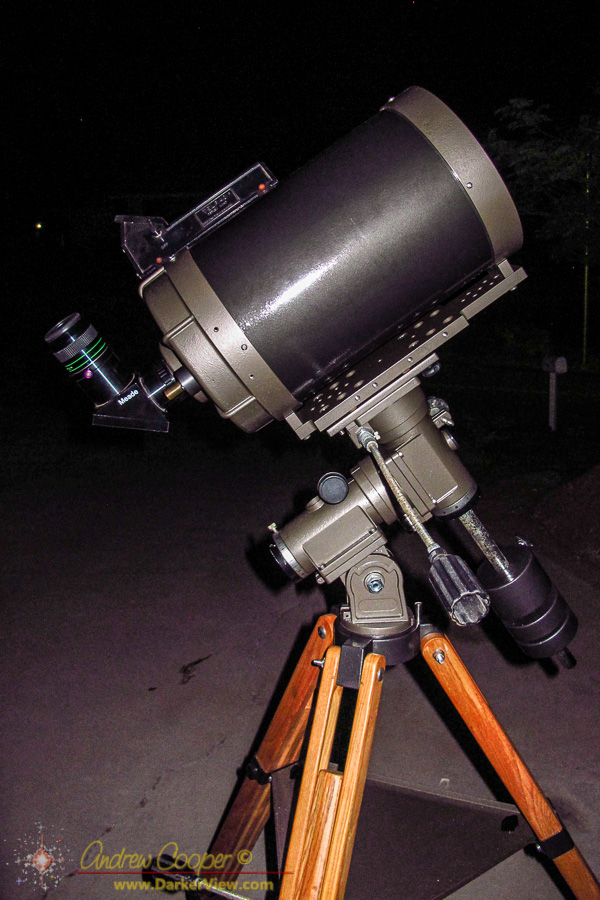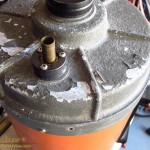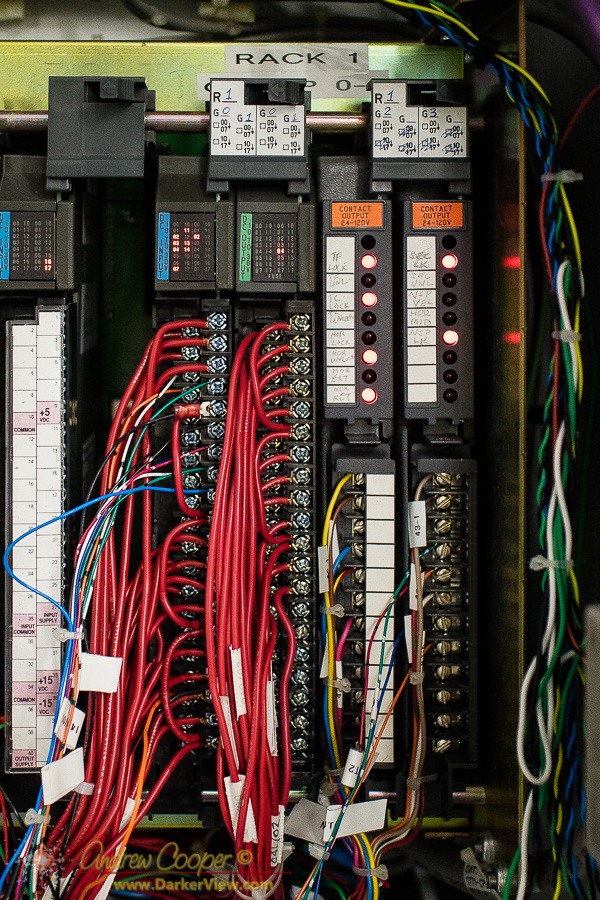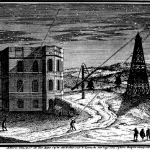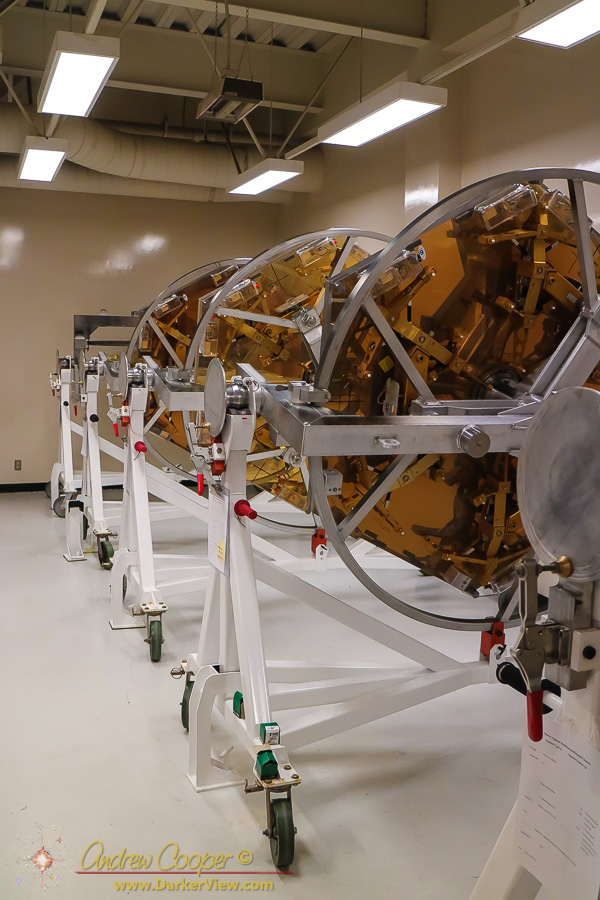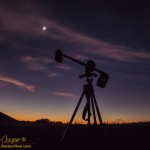I have already posted about the restoration of an orange tube C8. That was only part of the story, the telescope is paired with a TeleVue Renaissance mount that was in the same poor condition as the optical tube. The mount required the same treatment, a complete tear down and restoration to reverse the ravages that tropical humidity had wrought upon the metal parts.
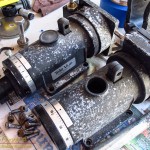
Corrosion was the issue. While the mount was mostly functional, it was looking horrible. The aluminum under the paint was corroding into a fine white powder. Most of the screws were quite rusted along with the counterweight shaft where the chrome was flaking away and the rust spreading. If allowed to continue the mount would soon be the piece of junk it looked like. There was something wrong with the clutches as well, they do not lock firmly and needed to be inspected.
The mount was sold by TeleVue in the 1980’s paired with their APO refractors. The mount is actually a re-labled unit manufactured by the Japanese firm Carton Optics as the model Super Nova or RSM2000. Well regarded by amateur astronomers you can find postings of well used and beloved mounts still in use thirty years later. Examining the mount I find I agree with those who like it. There is much to love in the solid smooth motion, this looks to be worth the effort of restoration.
Thus I set about the task of stripping down the mount into component pieces… Of the rusted hardware only one screw required drilling out, the hex drive head stripping when I tried to remove it. Fortunately I again had the proper tools, a set of easy outs to remove the remains of the screw after I had drilled the head off. I was able to remove the screw without any damage to the aluminum castings.

